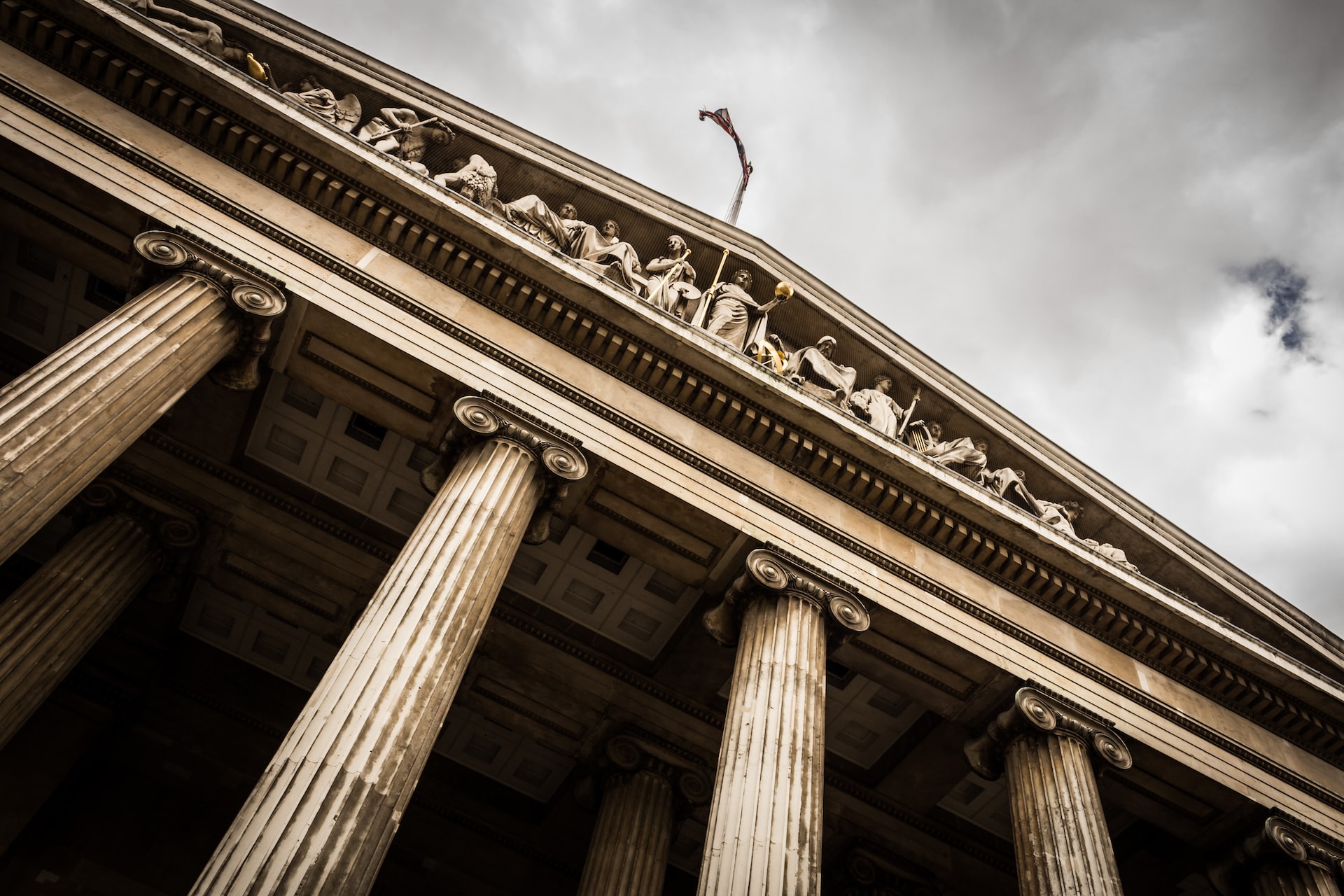Government’s Veto Power
The Fourth Circuit in U.S. ex rel. Michaels v. Agape Senior Community (Agape) has been asked to decide two important issues in False Claims Act lawsuits: (1) whether the Government can veto a settlement reached between the relator and defendant in a non-intervened case, and (2) whether statistical sampling can be used to prove damages. The case was certified for interlocutory appeal following the lower court’s June 2015 decision.
The underlying case involves reimbursement by federal healthcare programs for hospice care and general inpatient services. At issue are billings for between 10,000 and 20,000 patients and roughly 50,000 to 60,000 total claims.
The lawsuit was headed to a bellwether trial on claims related to 38 patients when the parties engaged in two mediation efforts. In the first, the Government participated. In the second, it was not invited. After the second, the parties informed the Court that they had reached a settlement. The court cancelled the scheduled trial. Thereafter, the Government promptly objected to the settlement.
There is already a circuit split on the question of the government’s veto power in declined cases. The Ninth Circuit, which considered the question first in U.S. ex rel. Killingsworth v. Northrup Corp., 25 F.3d 715 (9th Cir. 1994), held that the Government’s veto power in which it has declined to intervene is subject to a reasonableness review by the court. The Fifth and Sixth Circuits, on the other hand, have declared the Government’s consent requirement for dismissal to be clear and absolute. The language at issue is present in 31 U.S.C. 3730(b).
The Fourth Circuit has yet to confront the issue but the District Court agreed with the Fifth/Sixth. However, after deciding the issue, the court did go on to indicate there there was a compelling case to be made the Government’s position was not reasonable based on the facts of the case.
If the Fourth Circuit agrees with the Ninth Circuit, it could put the case firmly on the path to the Supreme Court to resolve the circuit split.
Statistical Sampling in Relation to Government’s Veto Power
The issue of statistical sampling is closely intertwined with the Government’s decision to oppose settlement. According to the District Court’s opinion, the Government views the settlement as only a fraction of the fraud potentially at issue.
However, the District Court decided that the Plaintiff-Relators could not prove damages by using statistical sampling. In order to prove damages for each of the tens of thousands of claims at trial, the Plaintiffs would have to be reviewed by experts at a cost of between $16.2 million and $36.5 million (estimated). The court estimated that a trial with each of these claims could stretch over a year.
The necessity of statistical sampling in this case is not that the evidence is unavailable. It would simply be an expensive and time-consuming endeavor for the Plaintiff-Relators to analyze all of the claims and prove fraud at trial. And even if the Plaintiff-Relators were allowed to prove liability based on the sample, the Defendants still might have the right to present evidence with respect to every individual claim that contradicts the statistical sample. If it did so, the time would quickly strain the docket of the trial court.
The issue of representative and statistical samples was recently considered by the Supreme Court in Tyson Foods, Inc. v. Bouaphakeo. In this FLSA lawsuit at the class certification stage, among the common questions was the use of a representative sample of time spent donning and doffing equipment to establish liability for each class member.
Writing for the majority, Justice Kennedy cites to the Federal Rules of Evidence while declaring that the permissibility of a representative or statistical sample turns on “the degree to which the evidence is reliable in proving or disproving the elements of the relevant cause of action.”
The application of the Supreme Court’s ruling in Tyson Foods to the False Claims Act, however, is complicated by the nature of the facts of the case. Indeed, the opinion by Justice Kennedy expressly proclaimed that the facts provide “no occasion” to adopt a broad and categorical rule. In the case, the employer failed to keep track of the hours spent by its employees donning and doffing equipment even though it was required to do so by law.
Because of the remedial role of the FLSA and the nature of class action litigation, the Supreme Court permitted its usage since the lack of records was the fault of the defendant. The theory simply might not extend to Agape, where the data is available.


